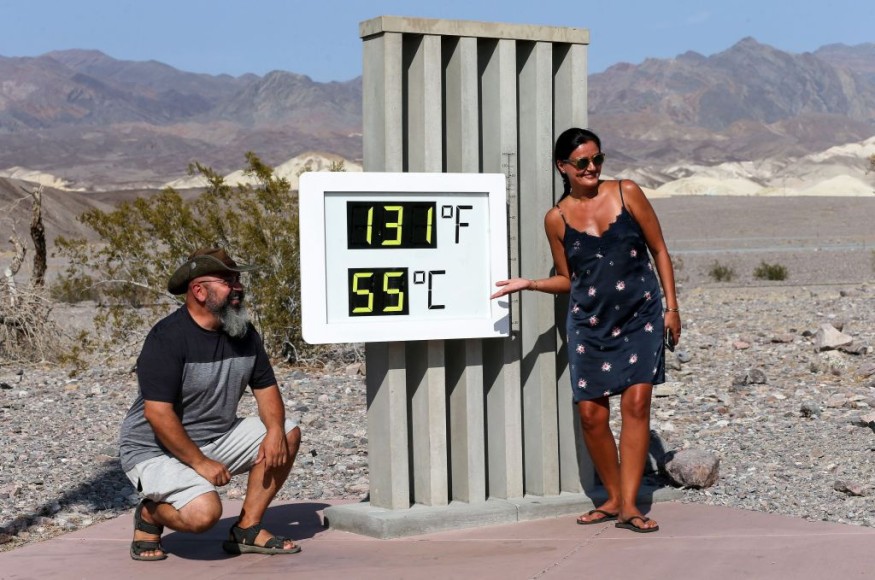According to recent reports, the climate crisis drives the world's tropical regions to the limits of human livability. Increasing heat and humidity continuing to put most of the world's population in potentially lethal conditions.

Areas in the tropical band that spans either side of the equator face transforming into a new climate that will reach "the height of human adaptation" if policymakers struggle to limit global warming to 1.5 degrees Celsius over pre-industrial levels, according to the report.
Related Article: New Study Revealed: Earth is Losing Ice Faster than Anyone Anticipated
Perspiration

Humans' ability to control their body heat is determined by the temperature and humidity of the air around them. Our internal body temperature is nearly constant at 37 degrees Celsius (98.6 degrees Fahrenheit), while our skin is colder to allow heat to escape from the inner body. However, if the wet-bulb temperature - a combination of air temperature and humidity - rises above 35°C, the body would be unable to cool itself, eventually resulting in death.
"Our bodies cannot cool off by evaporating sweat if it is too humid, which is why humidity is critical when considering livability in a hot place," said Yi Zhang, a Princeton University researcher who led the new report, which was published in Nature Geoscience. "Extremely high body core temperatures can be fatal."
The researchers used historical evidence and models to figure out how wet-bulb temperature extremes would change as the earth warms. They discovered that these extremes in the tropics rise at about the same rate as the tropical mean temperature.
Dire Consequences
This may have disastrous consequences for a large portion of mankind. Tropical countries currently house about 40% of the world's population, but due to the region's high proportion of young people, this proportion is expected to grow to 50% by 2050. The Princeton study focused on latitudes ranging from 20 degrees north, which runs through Mexico, Libya, and India, to 20 degrees south, which runs through Brazil, Madagascar, and Australia's northernmost regions.
Natural Body Heat
Natural body heat is regulated to maintain a daily temperature of 37° C (98.6° F).
The hypothalamus's thermostatic area, precisely the brain stem, is at the center of temperature control. Heat is conserved excessively as it becomes deranged, such as during infections, and the temperature will rise beyond the normal range.
Capacity to Endure Heat

The duration of time a person can keep up with the heat is mostly determined by humidity: the lower the humidity, the longer you can keep up. Adults can survive 3 to 4 minutes in a sauna at 230°F and up to 10 minutes in a burning building - as long as they don't black out from the carbon monoxide. Children succumb to elevated atmospheric temperatures even more easily, for example, within a few minutes in a vehicle heated to 122°F.
The body temperature rises to over 104°F during a heat stroke. Acute overheating results in brain edema, which causes cramps, clouding of consciousness, headaches, and nausea. Heatstroke can result in long-term brain injury or even death in the most severe cases.
ALSO READ: Texas Power Crisis Can Happen Everywhere Because of Climate Change
For the climate and weather updates, don't forget to follow Nature World News!
© 2025 NatureWorldNews.com All rights reserved. Do not reproduce without permission.





